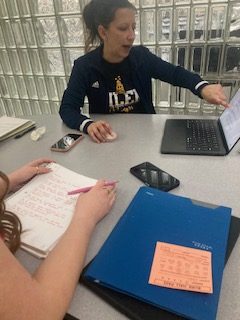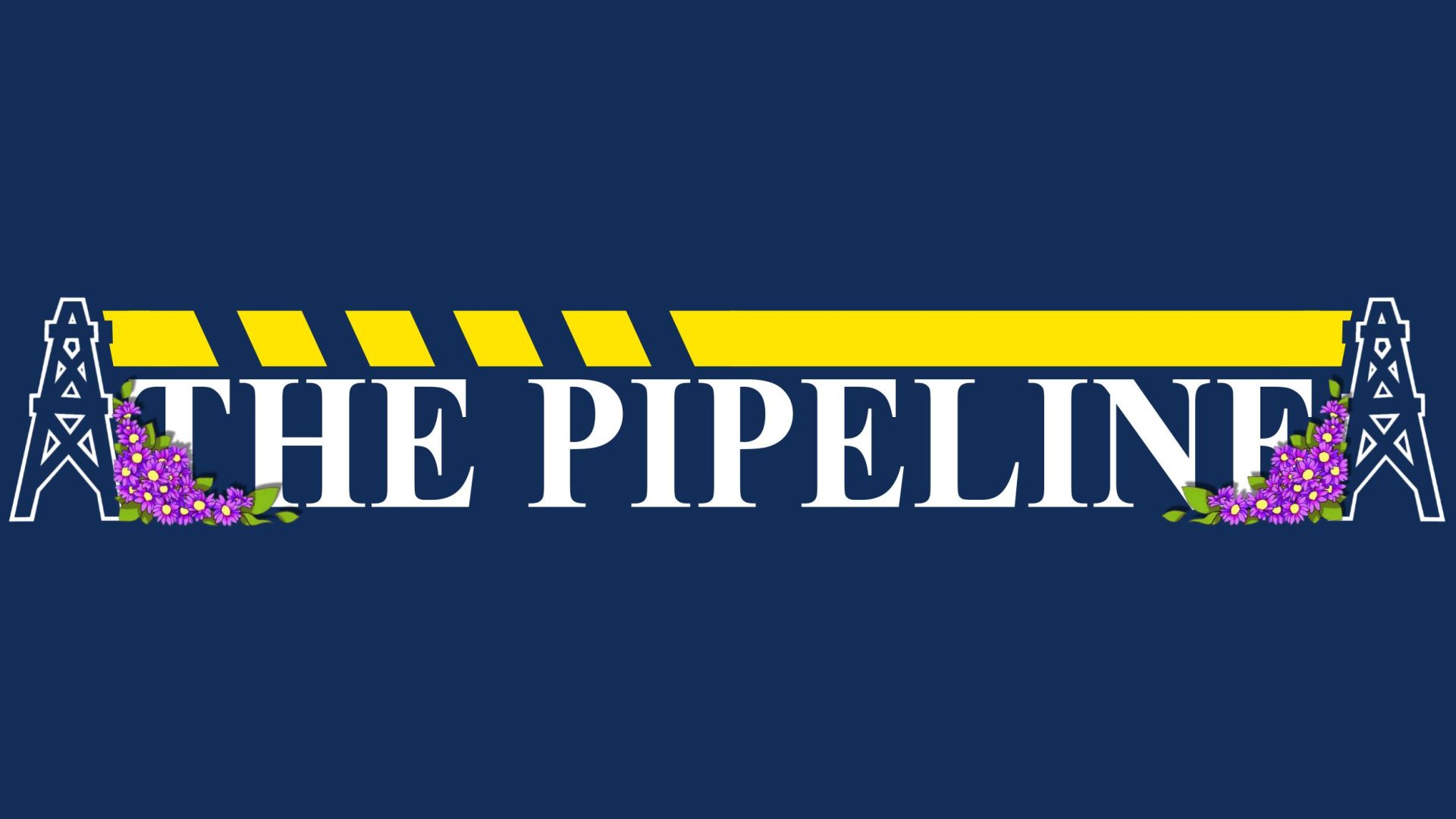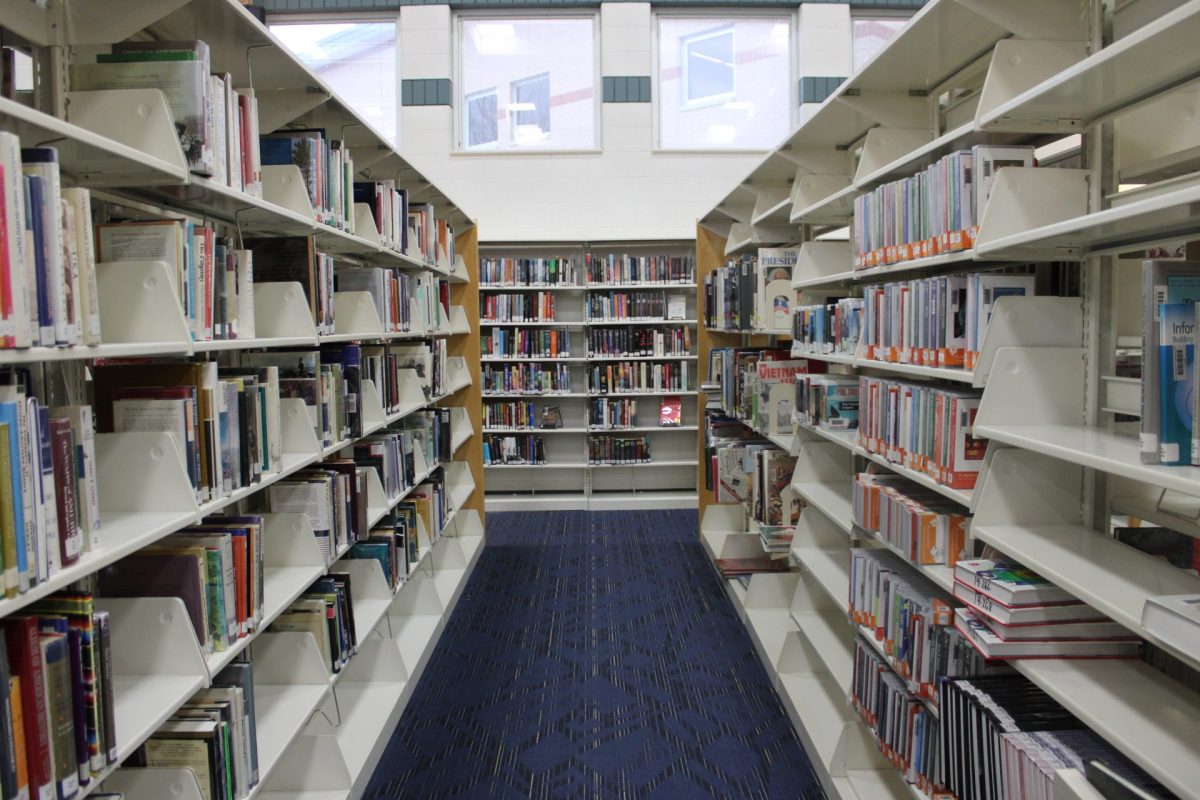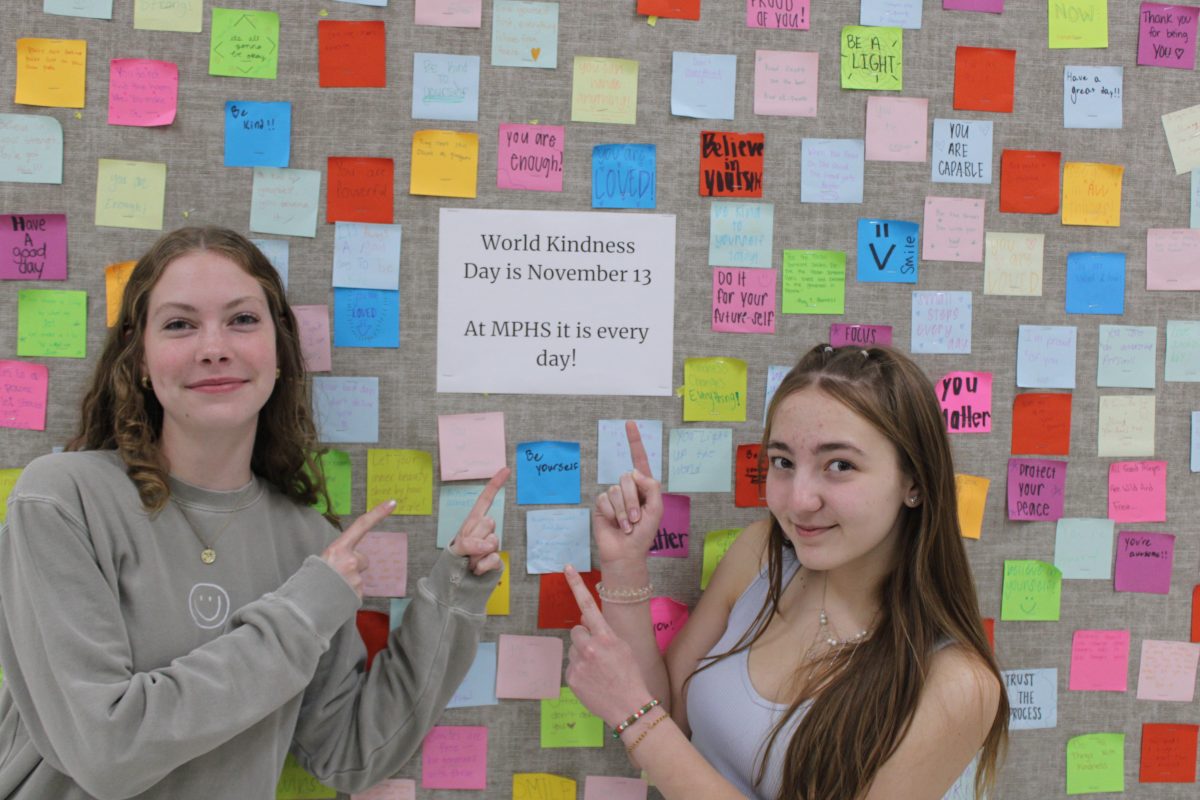
Artificial Intelligence is becoming an increasingly common tool in schools across the U.S., and its presence in classrooms is growing rapidly. As Mrs. Cain, a local English teacher, put it, “It has the potential to help students learn more effectively.” AI’s ability to provide immediate feedback allows students to better understand their mistakes and improve their work. It also helps teachers identify areas where students struggle, allowing them to adjust their lessons accordingly.
However, AI in education isn’t without challenges. One major concern is the potential for students to misuse AI for cheating, which undermines learning and can lead to serious consequences. “Cheating could even lead to expulsion,” Mrs. Cain warned. Additionally, AI-generated information isn’t always reliable and may reflect biases present in its data sources. Over-reliance on AI could also reduce the essential support and guidance that teachers provide, which is crucial for student development.
To better understand AI’s impact, I also spoke with Mrs. Willey, a member of the MPHS AI Task Force. She highlighted how AI is helping teachers streamline lesson planning, giving them more time for one-on-one interactions with students. Students, in turn, benefit from AI tools that offer alternative perspectives on their work, enhancing their critical thinking skills.
While AI offers exciting opportunities in education, schools must find a balance—leveraging technology to enhance learning while maintaining the human connection that makes education truly effective.






